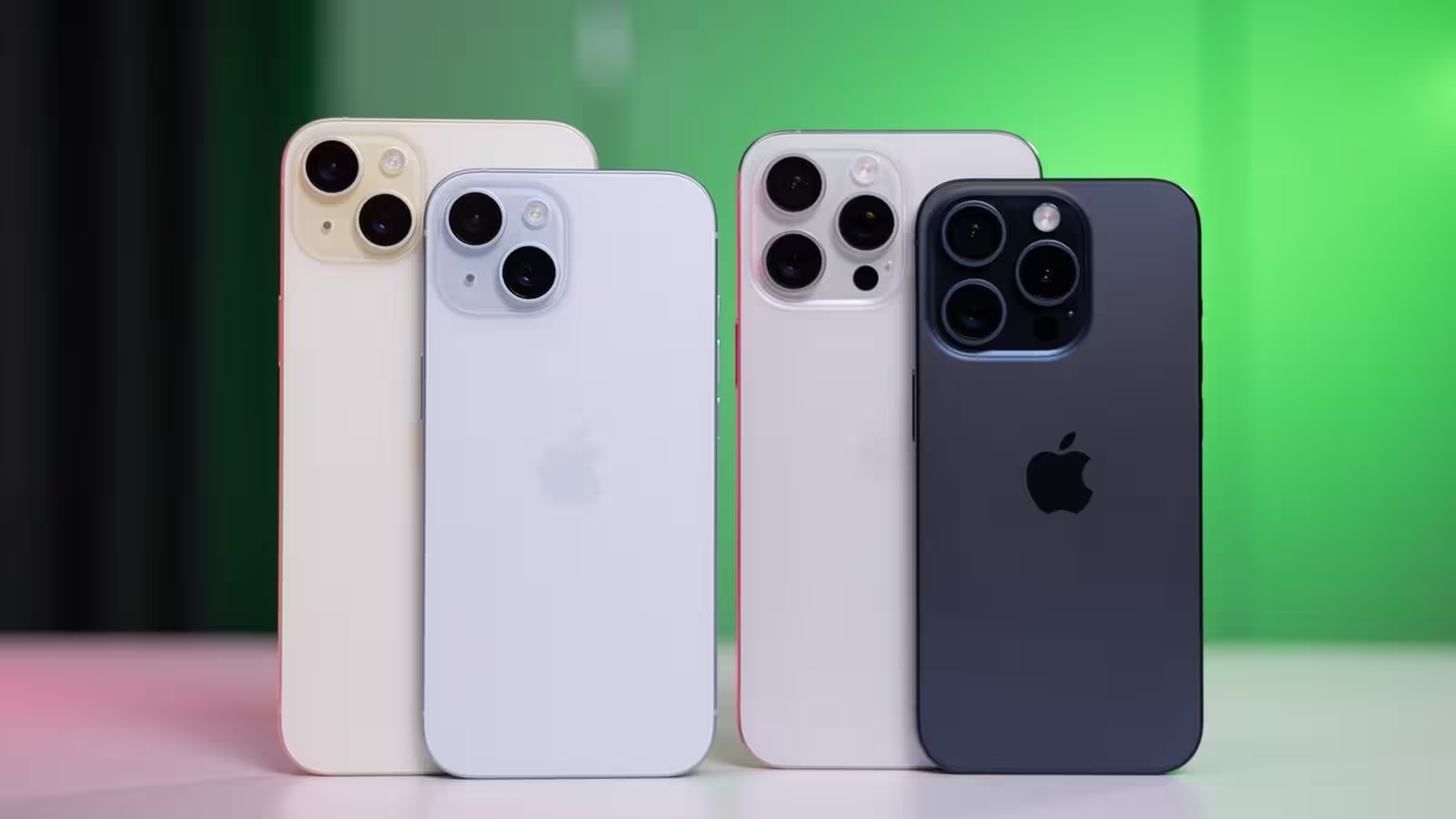3 Minutes
AI-Powered Chip Design: The Next Leap for Apple
The next generation of iPhones, Macs, and other Apple devices may feature chips designed not by human engineers, but by advanced artificial intelligence. According to recent reports from Reuters, Apple is exploring the use of AI to accelerate the development of its custom silicon, potentially revolutionizing the way tech giants approach chip design and manufacturing.
Apple's Vision: Harnessing AI to Reinvent Chip Development
Johny Srouji, Apple’s Senior Vice President of Hardware Technologies, recently delivered a keynote in Europe where he outlined the company's forward-thinking approach. In his speech, Srouji emphasized that the adoption of cutting-edge tools—especially AI-powered software—could dramatically speed up the customization and complexity of Apple’s chips, such as those found in iPhones, iPads, Apple Watch, Mac computers, and the Vision Pro headset.
The Role of Electronic Design Automation (EDA) Firms
Key players in the chip design ecosystem, including EDA leaders like Cadence Design Systems and Synopsys, are rapidly integrating generative AI into their platforms. These innovations support Apple’s aim to develop faster, more powerful chips tailored for next-gen consumer electronics. As Srouji highlighted, these EDA firms are now essential partners in managing the increasing intricacies of chip creation, leveraging AI to increase productivity and drastically reduce design cycles.
AI vs. Traditional Chip Design: What’s Changing?
Historically, Apple’s chip breakthroughs—such as the A4 chip unveiled in 2010—relied on industry-leading engineering and human expertise. Today, Apple is shifting towards embracing generative AI for chip design, which allows for:
- Faster prototyping and iterations
- Reduced human workload in technical tasks
- Potential for lower costs and higher efficiency
- Innovation in custom feature integration
While some may fear automation could lead to job cuts, Srouji focused on how new workflows empower teams and foster bold innovation.
Bold Moves: Lessons from Apple’s Silicon Strategy
Apple is no stranger to making seismic shifts in its technology stack. The company’s 2020 transition from Intel processors to its proprietary Apple Silicon for Mac computers is a case in point. Apple dove in with a decisive, all-or-nothing approach—eschewing fallback plans and investing heavily in both hardware and software—to ensure a successful migration. This same boldness now applies to adopting AI as a core component of future chip design.
Competitive Edge and Market Relevance
By leveraging artificial intelligence in hardware development, Apple seeks to maintain its competitive edge in a relentless market. The push for AI-designed chips could result in:
- Faster product release cycles
- Greater device performance and battery efficiency
- New features previously deemed impossible or too complex
- Continued leadership in the global smartphone and PC markets
What This Means for Consumers and the Industry
If Apple succeeds, future devices—from iPhones to Vision Pro AR headsets—may offer unprecedented power and efficiency, setting new standards across the tech landscape. For industry observers and tech enthusiasts, it’s clear: the integration of AI in chip design isn’t science fiction—it’s shaping up to be the new reality of consumer electronics innovation.
Source: phonearena



Comments